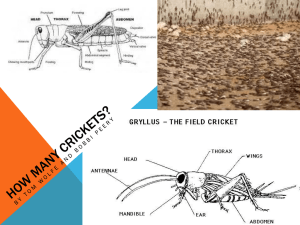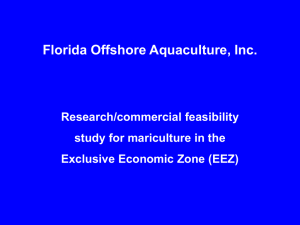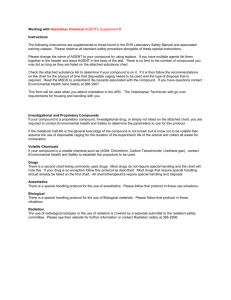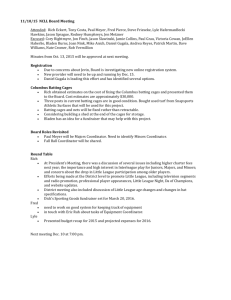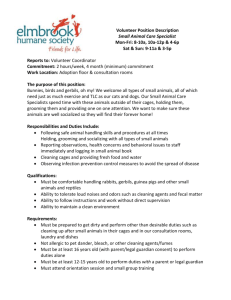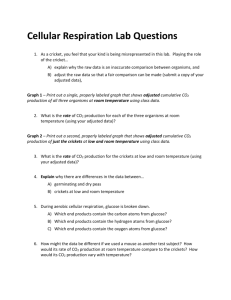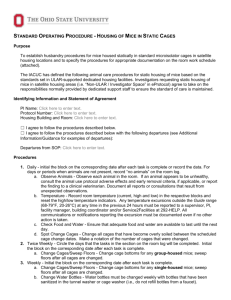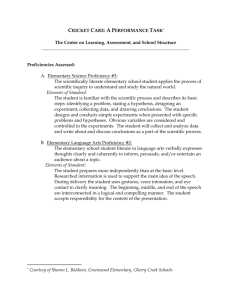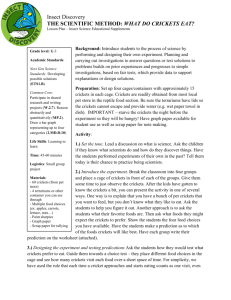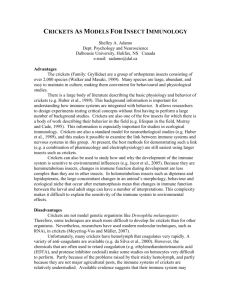Alex Collazo March 14, 2011 Literature Summary 4 McCluney
advertisement
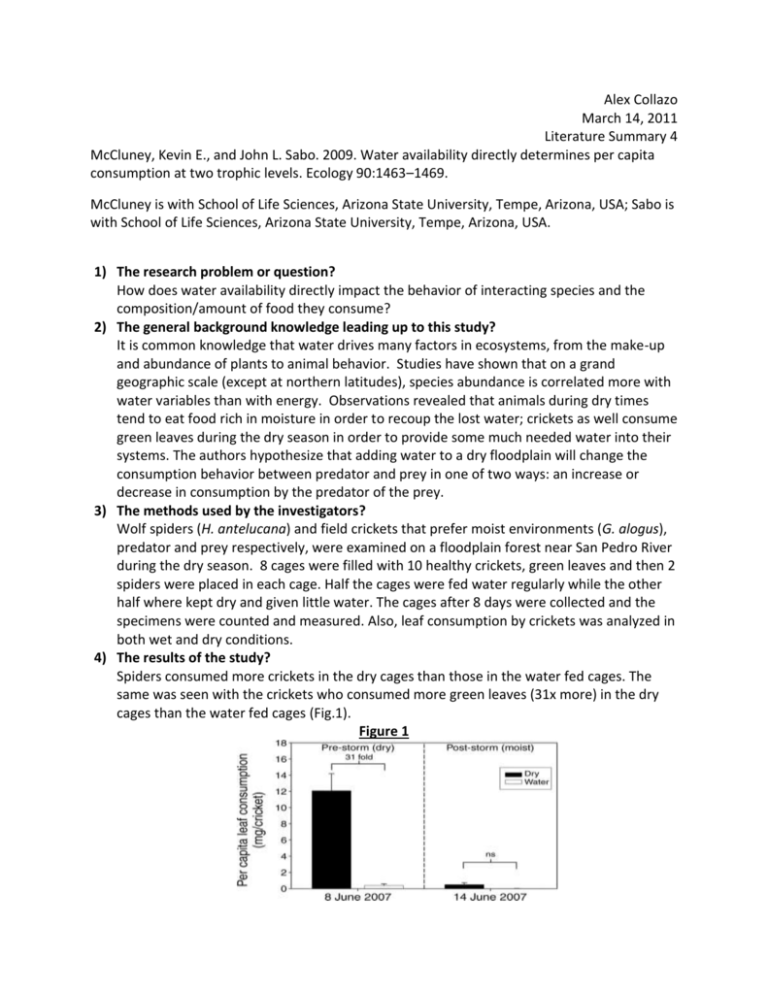
Alex Collazo March 14, 2011 Literature Summary 4 McCluney, Kevin E., and John L. Sabo. 2009. Water availability directly determines per capita consumption at two trophic levels. Ecology 90:1463–1469. McCluney is with School of Life Sciences, Arizona State University, Tempe, Arizona, USA; Sabo is with School of Life Sciences, Arizona State University, Tempe, Arizona, USA. 1) The research problem or question? How does water availability directly impact the behavior of interacting species and the composition/amount of food they consume? 2) The general background knowledge leading up to this study? It is common knowledge that water drives many factors in ecosystems, from the make-up and abundance of plants to animal behavior. Studies have shown that on a grand geographic scale (except at northern latitudes), species abundance is correlated more with water variables than with energy. Observations revealed that animals during dry times tend to eat food rich in moisture in order to recoup the lost water; crickets as well consume green leaves during the dry season in order to provide some much needed water into their systems. The authors hypothesize that adding water to a dry floodplain will change the consumption behavior between predator and prey in one of two ways: an increase or decrease in consumption by the predator of the prey. 3) The methods used by the investigators? Wolf spiders (H. antelucana) and field crickets that prefer moist environments (G. alogus), predator and prey respectively, were examined on a floodplain forest near San Pedro River during the dry season. 8 cages were filled with 10 healthy crickets, green leaves and then 2 spiders were placed in each cage. Half the cages were fed water regularly while the other half where kept dry and given little water. The cages after 8 days were collected and the specimens were counted and measured. Also, leaf consumption by crickets was analyzed in both wet and dry conditions. 4) The results of the study? Spiders consumed more crickets in the dry cages than those in the water fed cages. The same was seen with the crickets who consumed more green leaves (31x more) in the dry cages than the water fed cages (Fig.1). Figure 1 5) What are the weaknesses of the study? There was one cage where all the inhabitants died due to an experimental mistake and another cage where two extra crickets were found that were not observed before which could slightly skew the results. 6) What we learned new from the study? Dry lands and areas that experience drought may see a behavioral change in the animals found in the ecosystem. Water availability seems to drive consumption of particular foods, i.e. eating of foods rich in moisture. The need for water and not energy is what drives this impulse to eat. It is another disadvantage prey living in dry environments must deal with until the rains come. Article source: http://www.esajournals.org/doi/full/10.1890/08-1626.1
